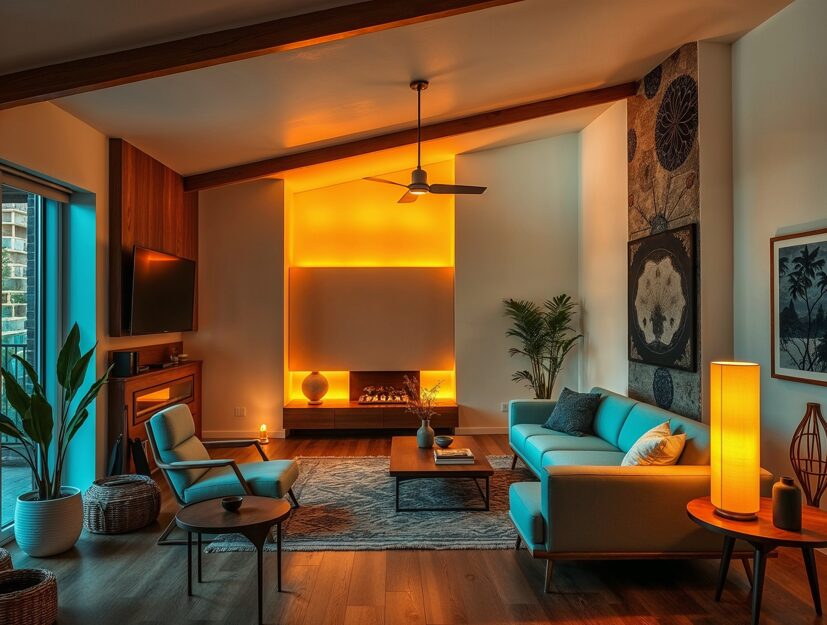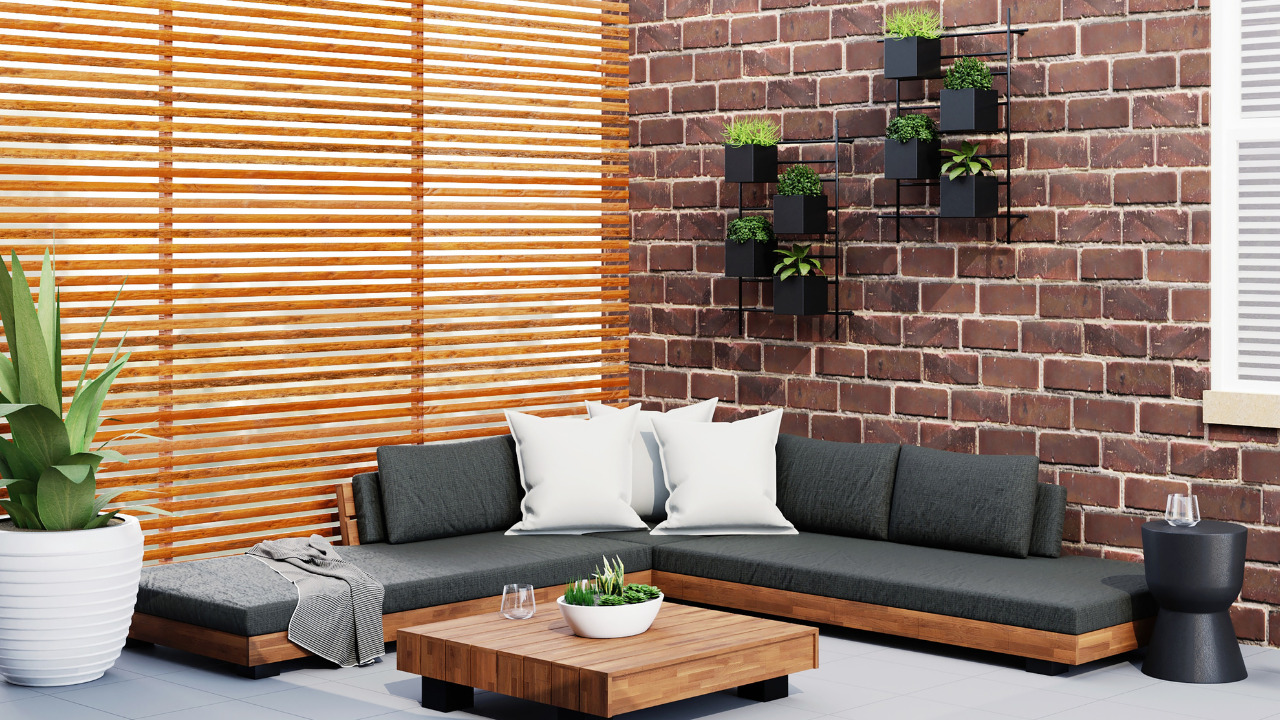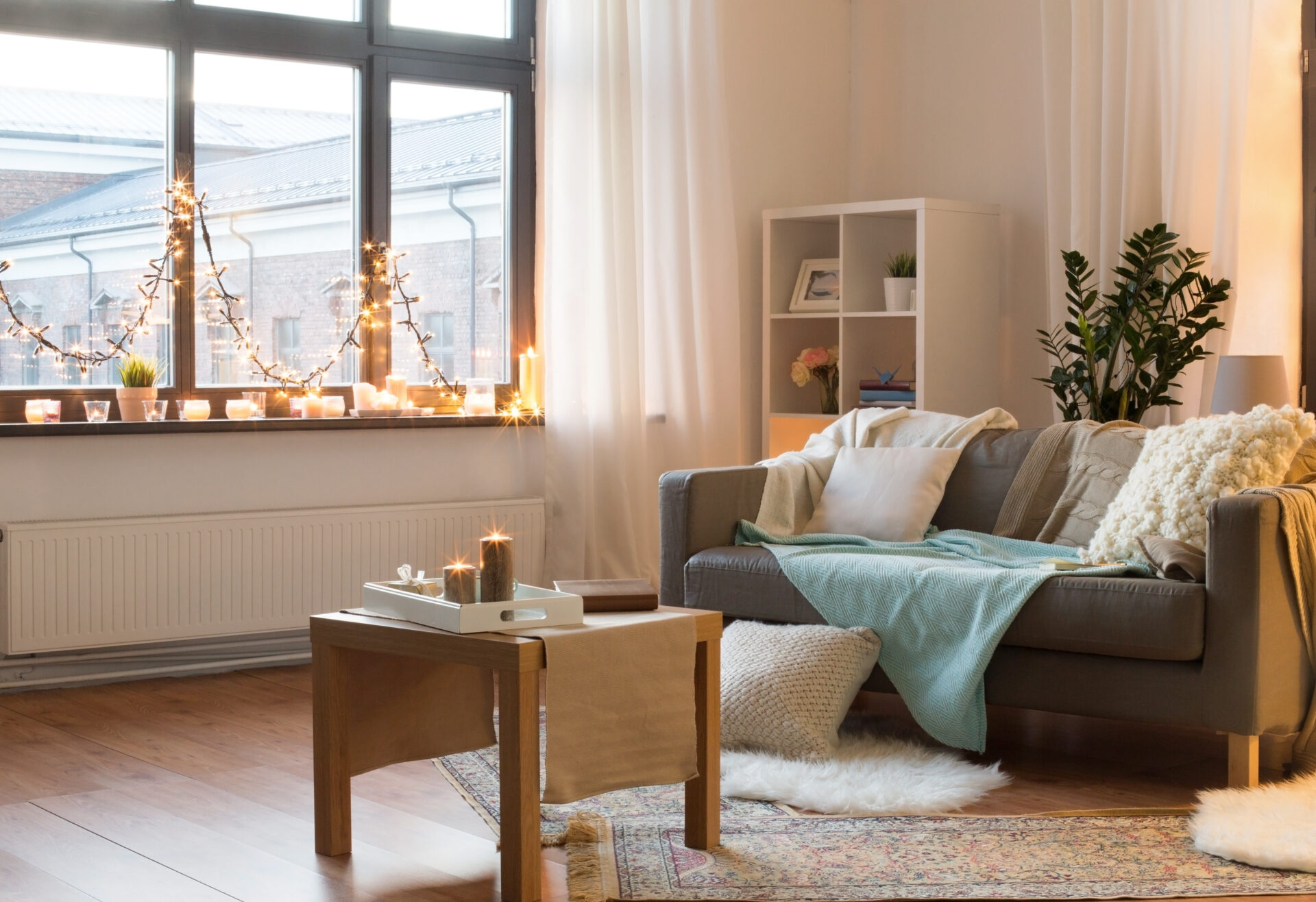For years, interior designers have known that including plants in interior spaces serves more than just an aesthetic purpose – plants have also been shown to have psychological and physiological benefits.
Greenery has a profound ability to reduce stress and boost mood, helping cultivate calm and balance within our homes. Yet bringing the simplicity and beauty of nature indoors need not mean sacrificing style or elegance.
Increasingly, forward-thinking designers are demonstrating imaginative ways to gracefully incorporate living flora as a focal piece or accent without cluttering the lines of a room.
Whether dotted amongst furnishings or dancing along walls and shelves, plants artfully placed can enhance interior flow while nurturing well-being. In this article, we will explore various techniques for blending living and non-living into cohesive, life-affirming designs that soothe the soul.
Table of Contents
Bringing Nature Indoors: The Benefits of Biophilic Design
The concept of Biophilic Design goes beyond simply adding a potted plant here and there; it’s about creating a deep connection with nature within our living spaces.
This design philosophy suggests that our inherent need to connect with the natural world can dramatically influence the way we feel about and engage with our indoor environments.
By integrating natural elements such as wood, stone, water features, and a diverse range of plants, designers can fabricate spaces that stimulate relaxation, creativity, and comfort.
Studies have shown that environments that incorporate biophilic design can lead to improved mental and physical health, increased productivity, and enhanced mood.
From vertical gardens and living walls to the strategic placement of houseplants and the use of natural materials, there are myriad ways to weave the textures and forms of nature into the fabric of our homes, making them feel more alive and connected to the world outside. Check out “What is hoya “to understand how this beautiful flowering plant can add an elegant touch to any interior design.
Strategically Incorporate Plants as Design Features
One effective strategy for incorporating plants into interior design is selecting species that complement the room’s color palette and texture. Succulents, with their subtle green and gray hues, for instance, can add a touch of minimalist elegance to modern spaces, while vibrant, broad-leaf tropical plants can introduce an energizing contrast in more neutral environments.
It’s also essential to consider the light requirements of each plant and match them to the lighting conditions of their intended space to ensure they thrive.
Furthermore, integrating hanging plants or utilizing plant stands can add vertical interest and dimension to rooms, making them feel more dynamic and engaging. For those looking to add a statement piece, large potted trees or a collection of plants can serve as a focal point, drawing the eye and adding an element of drama.
When positioning plants, remember to balance the arrangement to maintain the room’s harmony and flow, ensuring that the greenery enhances rather than overwhelms the space.
Create a Space for Reflection and Rejuvenation
In designing a home that serves as a sanctuary for reflection and rejuvenation, incorporating water elements alongside plants can amplify the sense of tranquility and connection to nature.
The soothing sound of water from a small indoor fountain or aquarium can complement the visual calm provided by plants, creating an environment that engages multiple senses for a more profound experience of relaxation.
Mirroring the serenity of a natural landscape, this combination can transform a part of your home into a retreat, ideal for meditation, reading, or simply unwinding after a long day. By thoughtfully integrating these elements, you can craft spaces within your home that not only look beautiful but also actively contribute to your well-being and peace of mind.
What Are the Benefits of Green Elegance?
The benefits of incorporating green elegance through plants and natural elements into interior design are multifaceted, affecting both our physical health and emotional state. Firstly, plants are known to improve air quality by absorbing toxins and emitting oxygen, which can lead to better breathing environments and potentially reduce the occurrence of common respiratory issues.
Additionally, the presence of greenery indoors has been linked to reduced stress levels, as plants can lower blood pressure and boost overall mood.
Furthermore, the aesthetic harmony that comes from blending the natural with the artificial brings about a sense of peace and contentment, making our living spaces not just places to reside but sanctuaries that nurture our well-being.
When interiors are designed with a conscious connection to nature, they foster environments where creativity and productivity flourish, proving that the beauty of green elegance extends well beyond the visual.
How to Incorporate Green Elegance into Your Home
Incorporating green elegance into your home doesn’t require a complete overhaul of your existing décor. Start by assessing the natural light in each room and choose plant species that will thrive in the available conditions.
Low-light-loving plants like snake plants or pothos are excellent for rooms without much direct sunlight, whereas areas bathed in natural light can accommodate a wider variety of species, including succulents and ferns.
Next, consider integrating planters and stands that match your interior style. Modern homes may benefit from sleek, geometric containers, while more traditional spaces can incorporate ornate or handcrafted pots. Remember, the container is as much a part of your décor as the plant itself.





